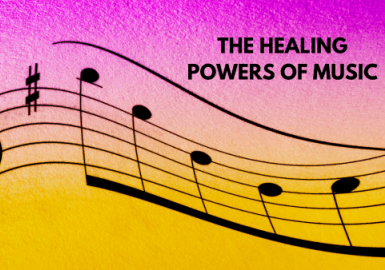 Music has been a cornerstone of human culture for thousands of years, serving as a means of expression, communication, and healing. Recent research has revealed that certain frequencies in music can have a significant impact on our mood and even possess healing...
Music has been a cornerstone of human culture for thousands of years, serving as a means of expression, communication, and healing. Recent research has revealed that certain frequencies in music can have a significant impact on our mood and even possess healing...
 Meditation is a powerful practice that offers numerous benefits for both mental and physical well-being. Let’s explore some of the key advantages of meditation: Stress Reduction:Stress is a common issue in our fast-paced lives. Meditation helps reduce stress by...
Meditation is a powerful practice that offers numerous benefits for both mental and physical well-being. Let’s explore some of the key advantages of meditation: Stress Reduction:Stress is a common issue in our fast-paced lives. Meditation helps reduce stress by...
 Starting a mindfulness practice can be both exciting and daunting. As beginners embark on this journey, they often wonder where to begin and how to sustain their practice. Fear not! Let’s explore three foundational mindfulness techniques that will help you cultivate...
Starting a mindfulness practice can be both exciting and daunting. As beginners embark on this journey, they often wonder where to begin and how to sustain their practice. Fear not! Let’s explore three foundational mindfulness techniques that will help you cultivate...
 Summer is a time of warmth, outdoor adventures, and relaxation. As the days get longer and the sun shines brighter, it’s essential to prepare for the season properly. Here’s a comprehensive guide to help you get ready for summer, highlighting potential risks and how...
Summer is a time of warmth, outdoor adventures, and relaxation. As the days get longer and the sun shines brighter, it’s essential to prepare for the season properly. Here’s a comprehensive guide to help you get ready for summer, highlighting potential risks and how...
 Mindful eating is more than a trend—it’s a transformative practice that invites us to slow down, savor our food, and appreciate the nourishment it provides. In a world of fast-paced meals and mindless munching, mindful eating encourages us to create a sacred ritual...
Mindful eating is more than a trend—it’s a transformative practice that invites us to slow down, savor our food, and appreciate the nourishment it provides. In a world of fast-paced meals and mindless munching, mindful eating encourages us to create a sacred ritual...






